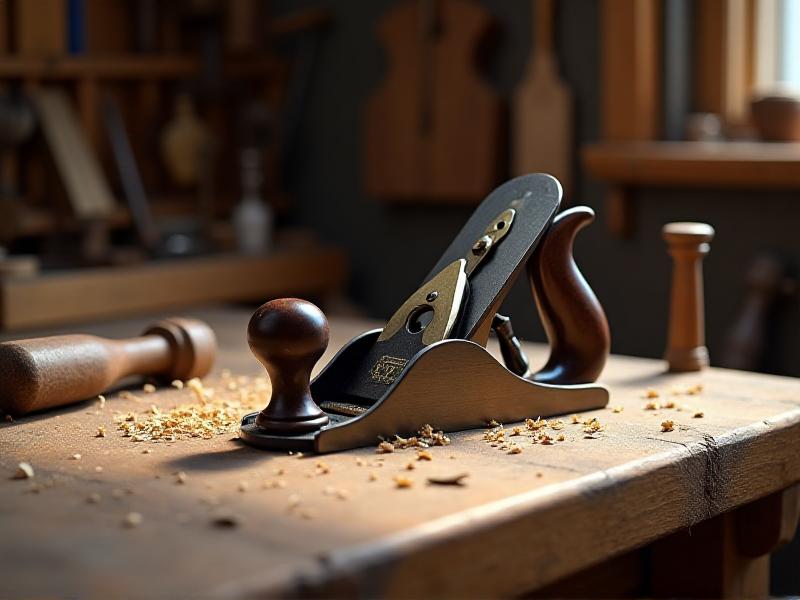Using Patent Databases for Tool Dating
Introduction to Patent Databases and Tool Dating
Patent databases are invaluable resources for researchers, historians, and tool enthusiasts seeking to date and understand the evolution of tools. These databases house detailed records of inventions, including technical drawings, descriptions, and filing dates, which can be used to trace the development of specific tools over time. By leveraging patent databases, one can uncover the origins of a tool, identify its inventors, and understand the technological advancements that shaped its design. This article explores how patent databases can be used for tool dating, offering insights into their structure, search techniques, and real-world applications.

Understanding the Structure of Patent Databases
Patent databases are organized repositories that store information about patents granted by various intellectual property offices worldwide. They typically include fields such as patent number, title, inventor, assignee, filing date, and abstract. Advanced databases may also provide access to full-text documents, drawings, and citations. Understanding the structure of these databases is crucial for efficient searching. For instance, knowing how to filter results by date or inventor can significantly narrow down the search for a specific tool. Additionally, familiarity with the classification systems used in patent databases, such as the International Patent Classification (IPC), can help locate relevant patents more effectively.

Techniques for Searching Patent Databases
Searching patent databases requires a combination of keyword strategies and advanced filtering techniques. Start by identifying relevant keywords related to the tool, such as its name, function, or components. Use Boolean operators (AND, OR, NOT) to refine searches and combine terms effectively. For example, searching for "hammer AND nail" can yield patents related to both tools. Additionally, filters such as filing date range, inventor name, or assignee can help pinpoint specific patents. Advanced search techniques, including citation searches and cross-referencing, can uncover related patents and provide a broader context for the tool's development. Regularly updating search queries based on initial findings can also lead to more accurate results.

Case Study: Dating a Vintage Hand Plane
To illustrate the practical application of patent databases, consider the case of dating a vintage hand plane. Begin by examining the tool for any markings, such as the manufacturer's name or patent number. Use this information to search the database, focusing on patents filed by the manufacturer or related to hand planes. Analyze the patent documents for technical details and compare them with the physical tool. For instance, the presence of specific design features mentioned in a patent can help determine the tool's age. By cross-referencing multiple patents and considering historical context, one can accurately date the hand plane and trace its evolution over time.
The Role of Patent Drawings in Tool Dating
Patent drawings are a critical component of patent documents, providing visual representations of the invention. These drawings can be particularly useful for tool dating, as they often depict the tool's design, components, and assembly in detail. By comparing the drawings with the physical tool, one can identify similarities and differences that indicate its age or version. For example, the inclusion of a specific mechanism in the drawing that matches the tool can confirm its alignment with a particular patent. Additionally, studying the evolution of patent drawings over time can reveal trends in tool design and manufacturing techniques, offering deeper insights into the tool's history.
Challenges and Limitations of Using Patent Databases
While patent databases are powerful tools for dating tools, they come with certain challenges and limitations. One major issue is the incompleteness of records, especially for older patents that may not have been digitized or preserved. Additionally, language barriers can arise when searching international patents, as not all databases provide translations. Another challenge is the potential for multiple patents covering similar inventions, making it difficult to pinpoint the exact patent related to a specific tool. Finally, interpreting patent documents requires a certain level of technical knowledge, which may pose a barrier for casual users. Despite these limitations, patent databases remain a valuable resource for tool dating when used thoughtfully.
Integrating Patent Data with Other Research Methods
To overcome the limitations of patent databases, it is often beneficial to integrate patent data with other research methods. For example, combining patent research with historical records, manufacturer catalogs, or expert consultations can provide a more comprehensive understanding of a tool's history. Physical examination of the tool, including material analysis and wear patterns, can also offer clues about its age and usage. Additionally, leveraging online forums and communities of tool enthusiasts can provide access to collective knowledge and firsthand experiences. By combining multiple sources of information, one can achieve a more accurate and nuanced dating of tools.
Future Trends in Patent Database Technology
As technology advances, patent databases are becoming more accessible and user-friendly. Innovations such as artificial intelligence and machine learning are being integrated into search algorithms, enabling more accurate and efficient searches. Enhanced visualization tools, including 3D models and interactive diagrams, are also being developed to make patent documents more engaging and easier to interpret. Furthermore, efforts to digitize and translate older patents are expanding the scope of available data. These advancements are likely to make patent databases even more valuable for tool dating and other research applications, opening up new possibilities for discovery and analysis.
Conclusion: The Value of Patent Databases in Tool Dating
Patent databases are indispensable tools for dating and understanding the history of tools. By providing access to detailed records, drawings, and historical context, they enable researchers to trace the evolution of tools with precision. While challenges such as incomplete records and technical complexity exist, integrating patent data with other research methods can yield comprehensive results. As technology continues to evolve, patent databases are poised to become even more powerful and accessible, offering new opportunities for discovery and insight. Whether you're a historian, collector, or enthusiast, leveraging patent databases can deepen your appreciation for the tools that have shaped human innovation.








